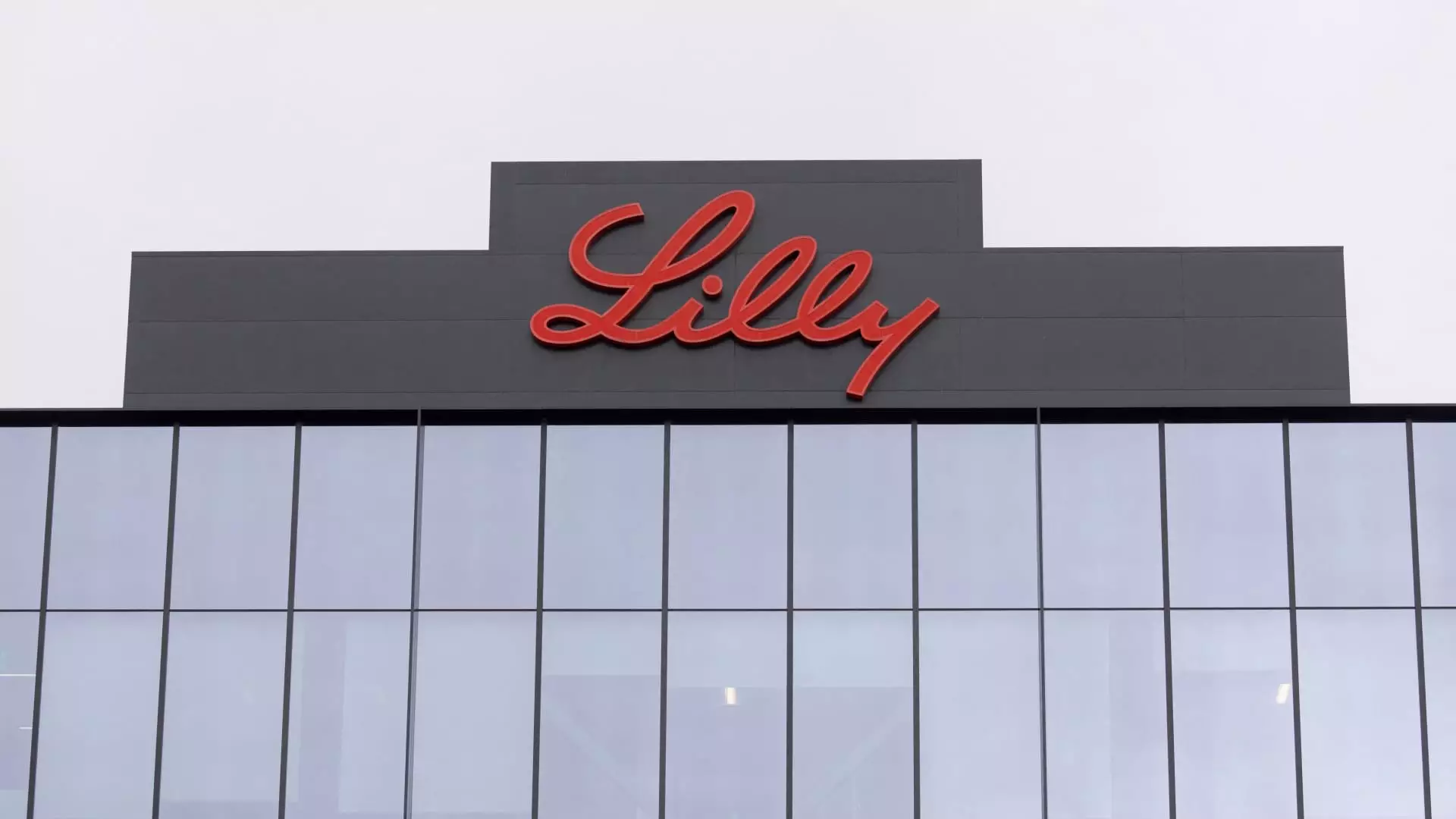Eli Lilly, a major player in the pharmaceutical industry, has recently faced a significant downturn in its financial performance for the third quarter of the year. The company reported results that fell short of both profit and revenue expectations, which sent shockwaves through the market—leading to a steep decline in its stock price and concerns among investors. This article will delve into the various factors contributing to this disappointing performance, shedding light on the implications for Eli Lilly and the wider market.
In an alarming development for the pharmaceutical titan, Eli Lilly announced that it anticipated adjusted earnings between $13.02 and $13.52 per share for the full year, representing a marked reduction from its earlier forecast of $16.10 to $16.60 per share. This news triggered a steep sell-off of Eli Lilly shares, which plummeted by around 10% in premarket trading. In stark contrast, stock prices for its leading competitor, Novo Nordisk, also faced pressure, yielding a decline of approximately 3%.
The company’s third-quarter earnings report revealed a significant disparity when compared to Wall Street’s expectations. The figures showcased earnings per share of $1.18, falling short of the anticipated $1.47, and revenue of $11.44 billion, which was lower than the expected $12.11 billion. Such results have raised concerns over Eli Lilly’s current market strategies and the impact of competitive pressures in the pharmacological landscape.
Central to Eli Lilly’s financial woes are disappointing sales figures for two of its flagship products: Zepbound, designed for weight loss, and Mounjaro, used to treat diabetes. Zepbound, which had just completed its third full quarter on the U.S. market, generated $1.26 billion in sales—significantly below the $1.76 billion that analysts had projected. Mounjaro, although registering revenue growth of 100% year-over-year to $3.11 billion, still fell short of expectations, which were set at $3.77 billion.
The underperformance of these incretin drugs, which work by mimicking gut hormones to control appetite and blood sugar levels, can be attributed to several factors. Initially, both Eli Lilly and Novo Nordisk struggled to meet the surging demand for these treatments in the United States, prompting substantial investments to enhance manufacturing capacity. However, despite these efforts and an easing of supply chain issues, both medications suffered due to a downturn in wholesaler inventory levels.
Eli Lilly’s CEO David Ricks acknowledged the challenges posed by supply issues but emphasized that the subpar sales in the third quarter were largely influenced by inventory reductions among wholesalers. He also mentioned an altered marketing strategy for Zepbound, highlighting the decision to delay promotional activities due to operational difficulties. This postponement may have reduced the medicine’s visibility among potential consumers, further contributing to the dip in expected sales.
As the company gears up to increase production by 50% in the latter half of 2024, questions loom over whether this strategy will suffice to reclaim lost ground in the competitive market. Ricks also indicated that Eli Lilly has plans for even greater enhancements to manufacturing capabilities expected at the end of 2024 and into 2025. Such future developments will be crucial as the company seeks to bolster its position in an era where demand for innovative diabetes and weight loss treatments continues to rise.
To complicate matters further, the recent decision by the FDA to remove tirzepatide, the active ingredient in both Zepbound and Mounjaro, from its shortage list has met with backlash from compounding pharmacies. These establishments produce customized versions of medications and are raising concerns about the implications of this decision. They argue that there needs to be a careful examination of the FDA’s actions, as both Eli Lilly and Novo Nordisk face challenges in crackdowns against unauthorized alternatives to their flagship products.
As Eli Lilly wrestles with its current setbacks and aims to rebound from disappointing sales reports, the stage is set for heightened scrutiny from both regulatory bodies and market observers. The future of the company now hinges on execution and strategy in a landscape characterized by intense competition and evolving consumer needs.
While Eli Lilly has indicated plans for growth and expansion, the ramifications of the recent third-quarter results may signal deeper underlying issues that the company must address to secure its foothold in the ever-competitive pharmaceutical market.

